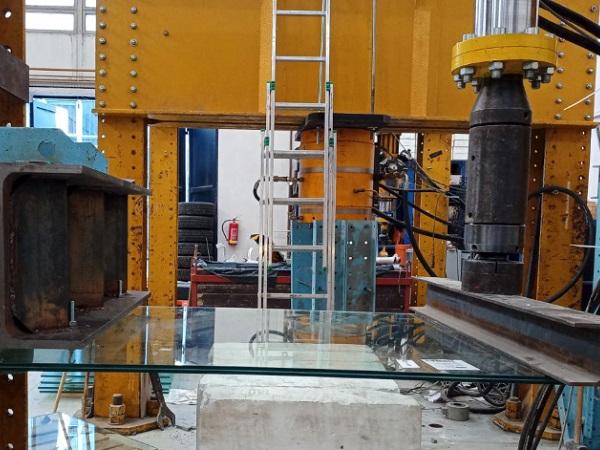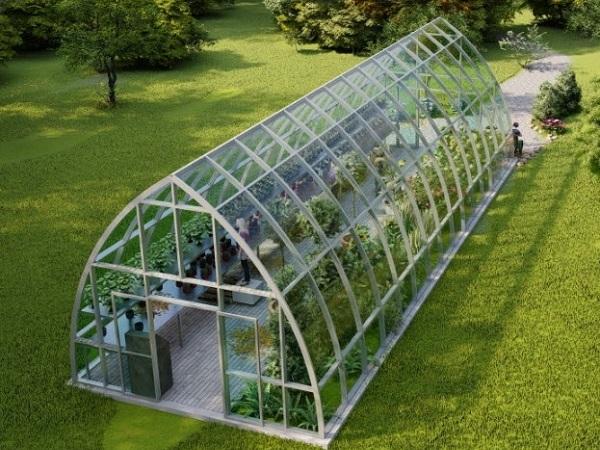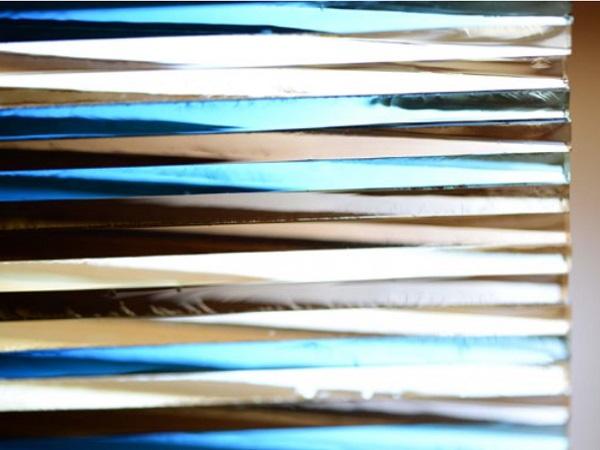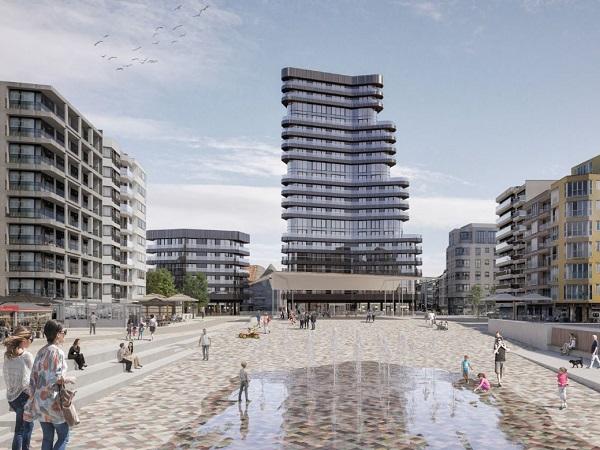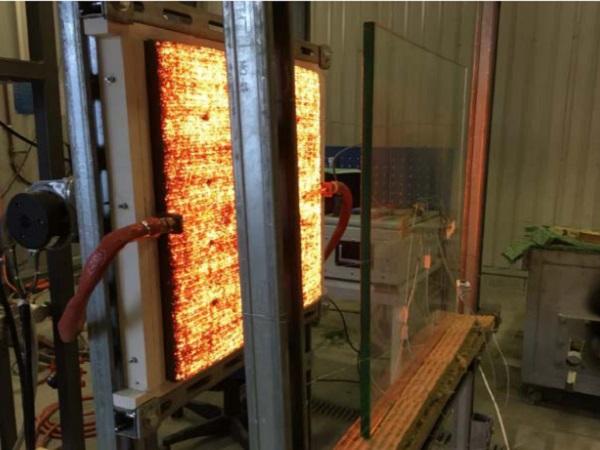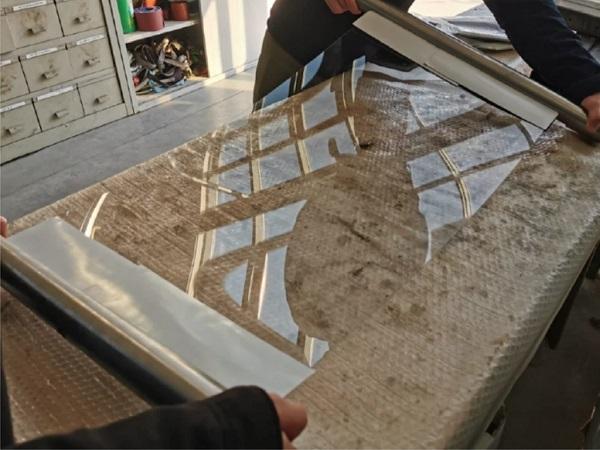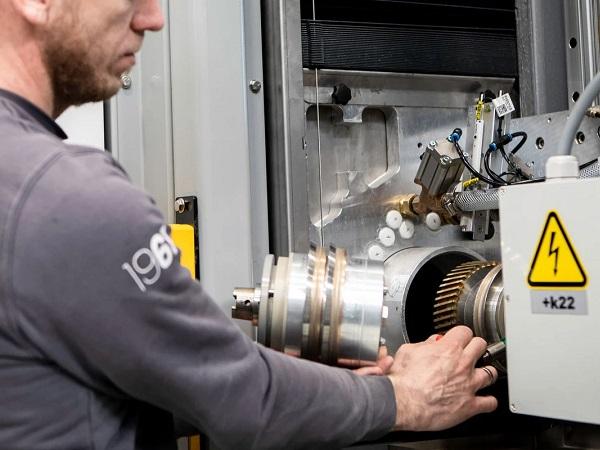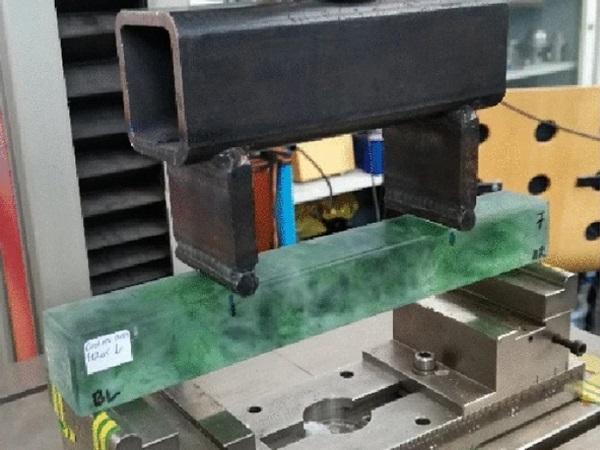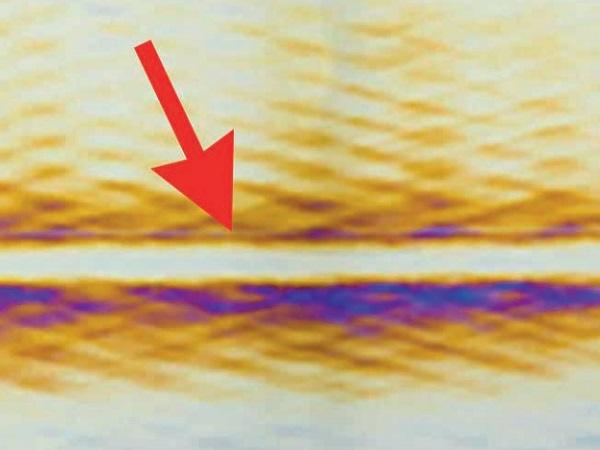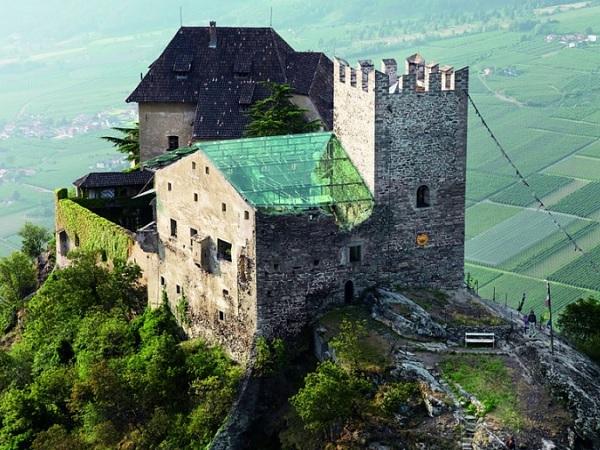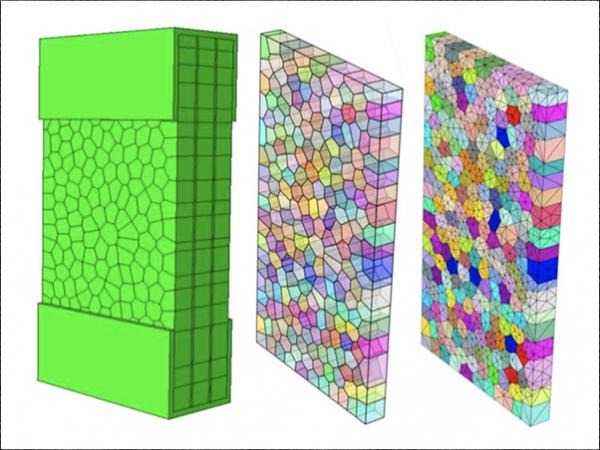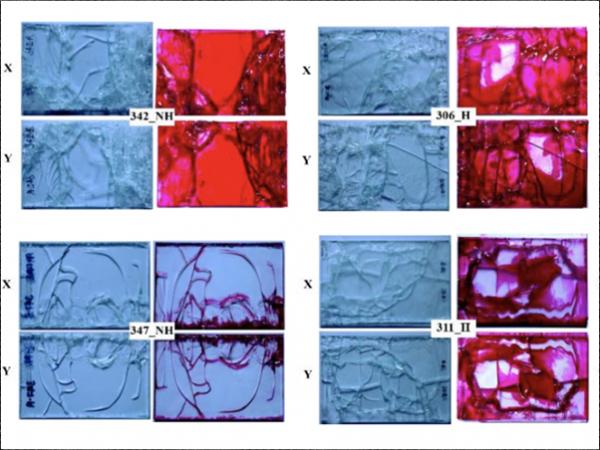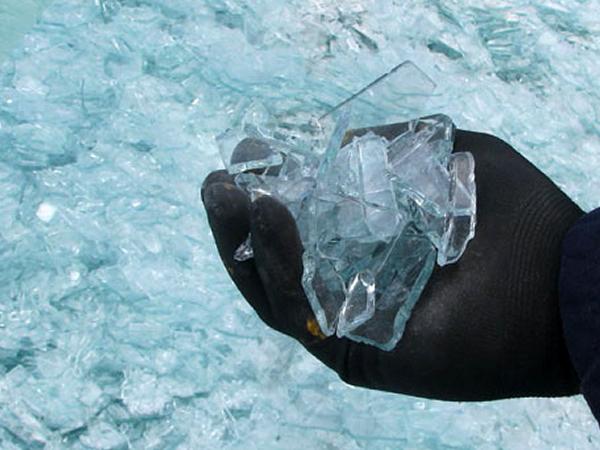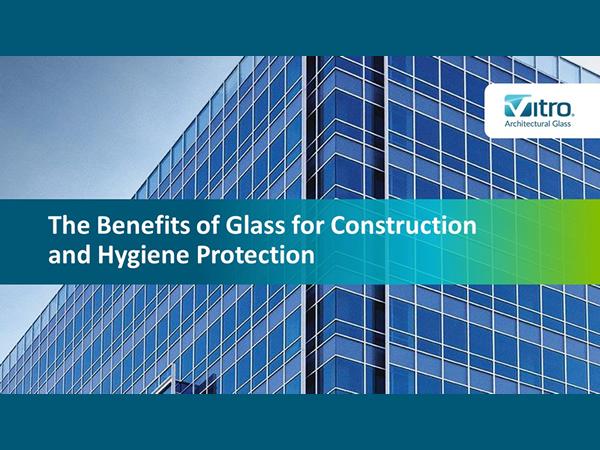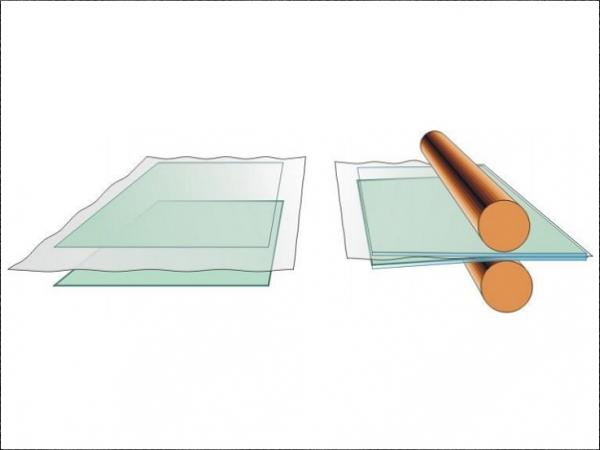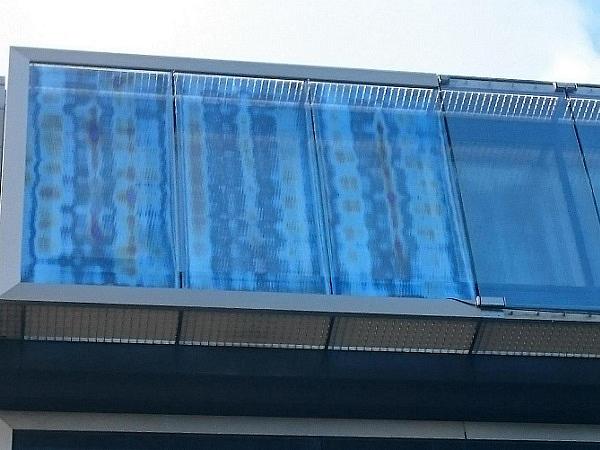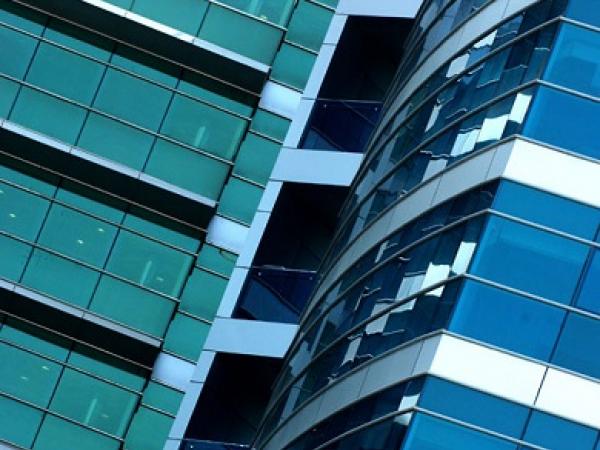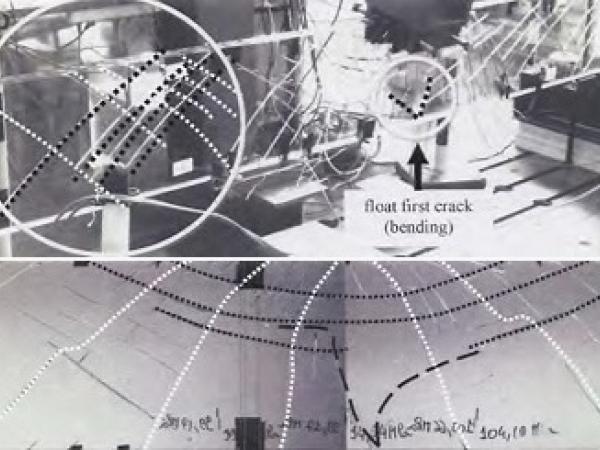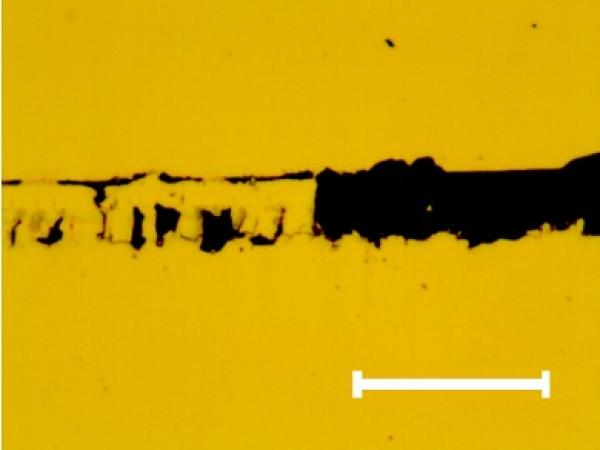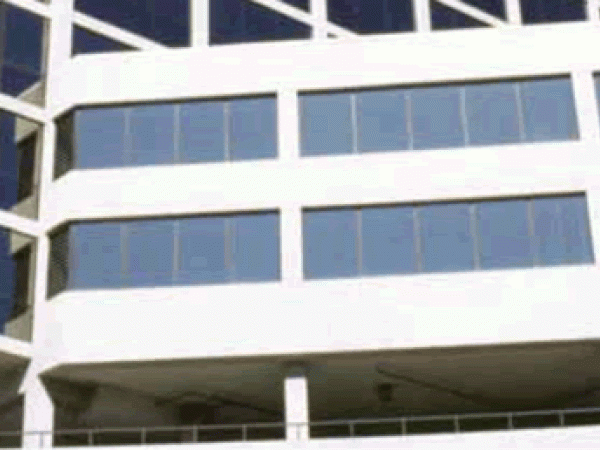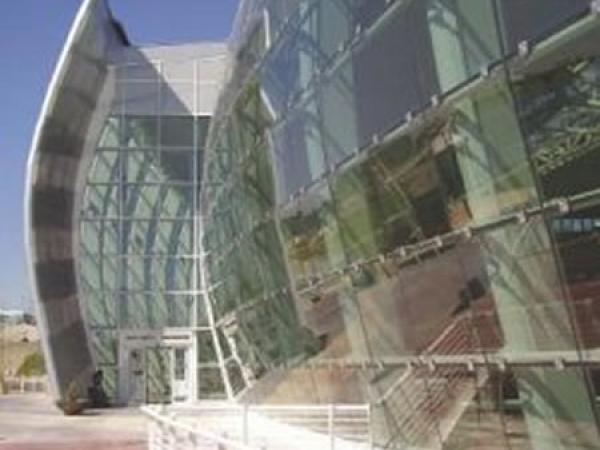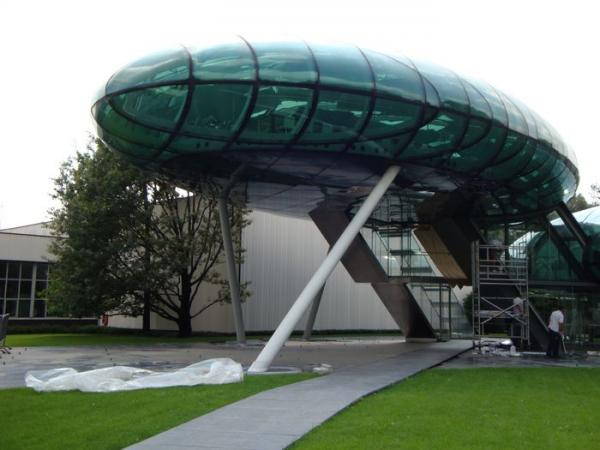Others also read
| Within this research, two sets of real-scale laminated banister panels with the embedded connection were tested.
| The results of the classification of hail resistance classes for different materials for greenhouse enclosures are presented in this paper.
| Color Depth is a material-based research project investigating the optical and structural properties of thick glass.
| The main challenge in the design of the duplex façade was the high aesthetical performance that the façade had to meet.
| This first episode is devoted to the white haze phenomenon – one of the most asked about issues in the history of #AskGlaston.
| This paper focuses on a recently developed concept, in which glass is combined with timber to provide post-breakage strength and ductility.
| The use of new generation thin, lightweight and damage-resistant glass, originally conceived for electronic displays, is moving its first steps in the built environment, in particular for adaptive and movable skins and façades.
| After seaming, grinding glass edges is another important work step in glass edge processing. The process is primarily used to remove overbreaks and underbreaks at the edges and to process the glass sheets to size.
| This paper explores the flexural strength of recycled cast glass—a property relevant to the engineering practice.
| Anisotropy is the term used in the façade industry to describe the manifestation of patterns and colourful areas in heat-treated glass under certain light and viewing conditions.
| This research investigates the potential of glass as a new design tool to highlight and safeguard our historic structures.
| In this work, a combined Voronoi and finite-discrete element method (FDEM) approach for reconstructing the post-fracture model of laminated glass (LG) was proposed.
| This study forms part of a wider research programme that aims to better address the end-of-life challenges and opportunities in façade design for re-use.
| Sustainability and the circular economy are increasingly influencing work and production processes in glass manufacturing, too.
| What is your vision of the future? What role will glass play in your vision?
| For over four thousand years, the lustrous, hard, and inert characteristics of glass have made it one of the world’s most desirable and frequently used building materials.
| In the 1950s the flat glass industry had two separate products and sub-industries: plate glass and sheet glass. Float glass merged these two industries.
| In a flat glass laminating oven, glass-film sandwiches are located on rotating rollers and conveyed through a heating chamber in a continuous flow.
| In the last years contentions about anisotropies among customers and manufacturers occurred when using glass products, such as heat-strengthened (HS) or fully tempered glass (FT).
| Multiple glass options offer customized ways to suit different building needs.
| Differently from traditional structural materials, the structural behaviour of laminated glasses exhibits some anomalies due to the difference in the stressstrain laws of their components: glass is a brittle material, while PVB and SGP are thermoplastic materials with a visco-elastic behaviour.
| Contact angle measurements using method based on B-spline snakes (active contours) were applied to investigate surface wettability properties of commercial soda-lime-silica float glass subjected to various surface preparation methods.
| Will glass break if window film is installed to glazing?
| To celebrate the 225th anniversary of Italys famous Nardini Distilleries, the Nardini family - who still owns and runs the company - treated themselves to an architectural work of art, erecting a stunning glass creation designed by Massimiliano Fuksas and Doriana O. Mandrelli.

